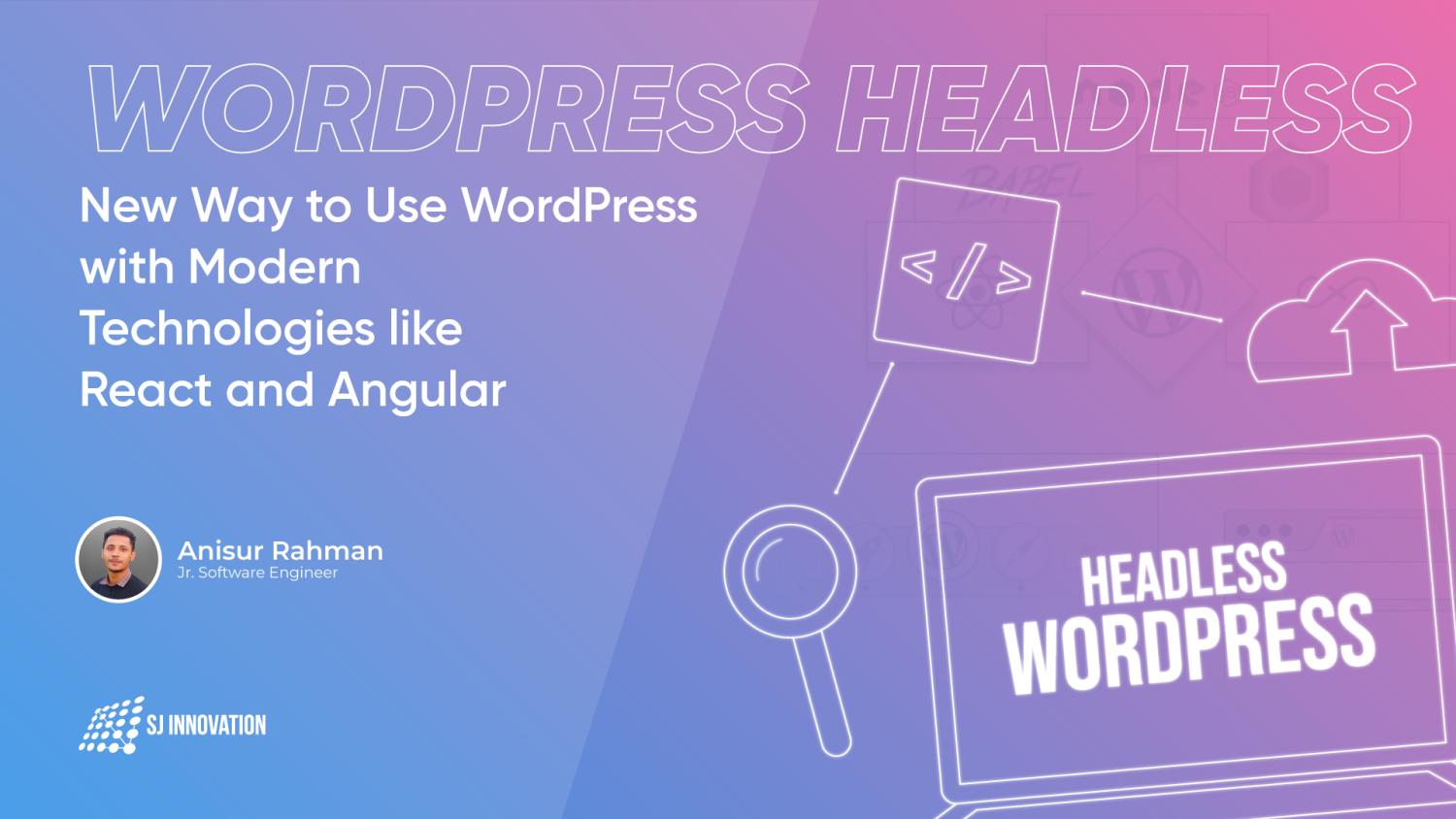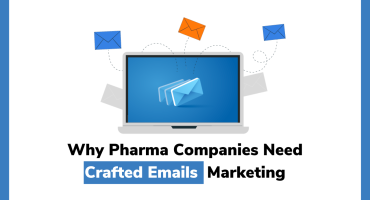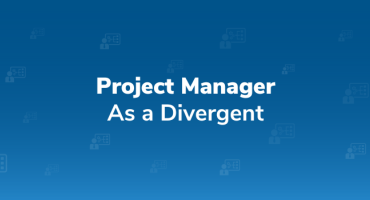WordPress Headless: New Way to Use WordPress with Modern Technologies like React and Angular

The concept of Headless WordPress has been gaining a lot of attention lately, and it has become a popular buzzword now. But what is so special about it, and what does it do? WordPress is indeed an extensive platform, but it is quite complex and has its limitations. It acts as a fully-featured tool for bloggers and web developers that offers many possibilities, yet it doesn’t let you do everything. For instance:
- You can’t publish content across multiple platforms.
- You have to code your website in languages other than PHP and JavaScript.
- You can’t use WordPress as an editorial tool without attaching your website.
But all of this can be achieved with Headless WordPress, i.e., decoupling WordPress from its front end with the help of a little technical expertise. Once it is done, you can use the back-end content management tools for nearly anything you can think of.
What on Earth is Headless WordPress?
You may have heard of CMS Headless. Usually, a content management system (CMS) has two parts: the front end, and the back end, where the back end is all about the “management”. In WordPress, the back end is the part where you are allowed to create and publish blog posts and pages and can manage various aspects of your website, such as appearance, settings, permissions, and other users.
On the other hand, the front end is about the user experience, i.e., what the users see when they visit your website. You can change its appearance by working in the back end. The same can be done by using REST API to request data from the hidden back end and then porting it to the user-facing website.
This “coupled” CMS solution works well for most users and provides them with both a way to easily build a website and to manage written content. Looking at the downside, the front end and back end of this type of application are often inseparable as they depend on each other a lot.
This is the part where a CMS Headless comes into play since it helps you decouple these two parts, leaving only the back end intact. You have everything: your database, your admin panel, and your content management tools but no theme or website. Besides, the REST API allows you to hook anything to it, be it an app, a custom-built website, etc.
Advantages of Headless WordPress
By decoupling your CMS with the help of CMS Headless, you can free up developers to try new things and ask them to focus on languages that couldn’t be paired with WordPress. Other than that, here are the major benefits of using Headless WordPress:
Robust Management Tools
It provides you with WordPress’s robust management tools that can be used to create and keep track of content. You just need to configure it properly and the permalinks will go right to the editing page, facilitating you to add other authors and editors while making use of the user role system and work together on various projects.
Apply Your Expertise
It allows you to code your public-facing website in a language that you are more familiar with. It doesn’t necessarily have to be HTML/CSS, PHP, and JavaScript. The best part: it won’t restrict you from taking advantage of WordPress’ well-made blogging framework.
Optimized Framework
WordPress uses its own optimized version for each programming language (as mentioned in the last point). Hence, it is best to decouple it since then, you won’t have to deal with learning WordPress PHP.
Ease of Modification
It allows you to change frameworks at any time while keeping your content safe. In case you want to redo everything from scratch in a more relevant framework, switching will be seamless because you are using an API and not a hard-coded traditional CMS. You can easily create an application that calls from WordPress to load content.
Broad Compatibility
Headless goes way beyond websites and allows you to use WordPress with all sorts of software. For instance, you can use frameworks and libraries that normally can’t work in WordPress, such as Ruby on Rails, Django, Vue.js, React, etc.
There will be no need to post the same content to your website, app, social media, etc. as it allows you to automate the entire process, and makes it easier to publish WordPress posts across multiple sources.
Using Headless with Progressive Web Apps
There is no doubt that WordPress is an excellent CMS. Over time, it has been followed by a unique ecosystem of plugins, which makes it one of the most flexible and feature-rich content management platforms created to date. However, the traditional server-side model restricts it in some ways and limits its potential. For example:
- It requires the themes to be written in PHP using the framework built into WordPress.
- A network round-up is required for changing every page load or interface, which eventually degrades the user experience by adding latency and frustrating delays.
- WordPress can’t offer a native app experience since it can’t take benefit from the newer web and browser technologies.
To aid these problems, WordPress developers added the REST API, allowing the users to take full advantage of WordPress’ modern web and robust content management and publishing features.
A Progressive Web App is an ideal choice for many businesses to have an excellent alternative to a native mobile app since PWAs are cheaper and easier to develop. Not only this, you only have to manage a single codebase for all the platforms: web, iOS, and Android. Just install a PWA WordPress plugin, build a Progressive Web App, use a site generator, and enjoy the benefits.

Why Pharma Companies Need Crafted Emails Marketing

SJ Innovation Appreciates Our Happy Clients


